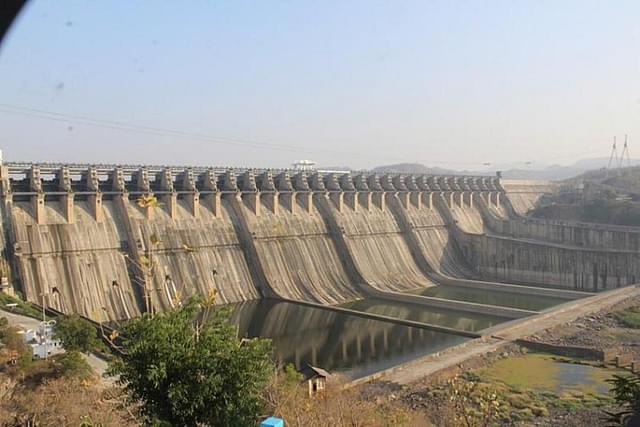The Shahpur Kandi barrage, located at the Punjab-Jammu and Kashmir border, has undergone significant development. The project faced challenges over three decades but has recently reached a pivotal stage.
Importance of the Project
- The completion of the Shahpur Kandi Irrigation and Hydel Power Generation Project holds significance for enhancing agricultural productivity.
- It also aligns with the provisions of the Indus Water Treaty, ensuring proper water resource management.
Water Redirection and Domestic Priorities
- Reports suggest that the completion of the project has led to a redirection of water resources from the River Ravi to domestic developments in India.
- This action reflects India’s efforts to prioritize its domestic needs.
Origins and Past Hurdles
- The project traces back to 1995 when the foundation stone was laid by former Prime Minister PV Narasimha Rao.
- Disputes between the governments of Jammu and Kashmir and Punjab posed significant hurdles to the project’s progress.
Resumption and Government Intervention
- Under the Modi government, with the intervention of Union MoS Dr Jitendra Singh, the project resumed in 2018 after encountering various obstacles.
Policy Shifts
- India’s decision in 2019 to halt the flow of its portion of river waters into Pakistan indicates a reevaluation of punitive measures following the Pulwama terror attack.
- Nitin Gadkari, the then Minister of Water Resources, emphasized redirecting water resources to serve the needs of people in Jammu and Kashmir and Punjab.
Indus Waters Treaty and Utilization
- The 1960 Indus Waters Treaty allocated the eastern rivers—Sutlej, Ravi, and Beas—to India, while Pakistan would have control over Indus, Jhelum, and Chenab.
- India had not fully utilized the waters of Ravi and Beas earlier due to inter-state disputes.
Multiple Choice Questions (MCQs) with Answers:
- What is the significance of the Shahpur Kandi Irrigation and Hydel Power Generation Project?
- A) It aims to halt water flow to neighboring countries.
- B) It enhances agricultural productivity and aligns with water treaties.
- C) It prioritizes international water agreements.
- D) It focuses solely on power generation.
- Answer: B) It enhances agricultural productivity and aligns with water treaties.
- When did the project resume after facing obstacles?
- A) 2005
- B) 2018
- C) 1990
- D) 2010
- Answer: B) 2018
- What was the reason behind India’s decision to halt water flow into Pakistan in 2019?
- A) Natural calamities
- B) Bilateral peace agreements
- C) Terrorist activities
- D) Trade disputes
- Answer: C) Terrorist activities
- Which rivers were allocated to India according to the Indus Waters Treaty?
- A) Indus, Jhelum, and Chenab
- B) Sutlej, Ravi, and Beas
- C) Ganges, Brahmaputra, and Meghna
- D) Yamuna, Saraswati, and Godavari
- Answer: B) Sutlej, Ravi, and Beas
